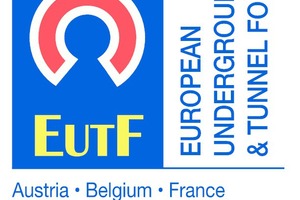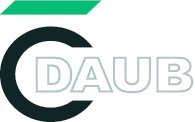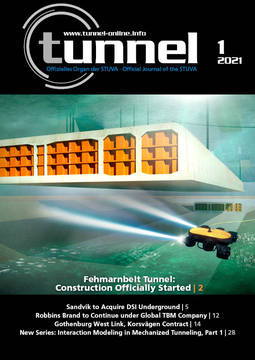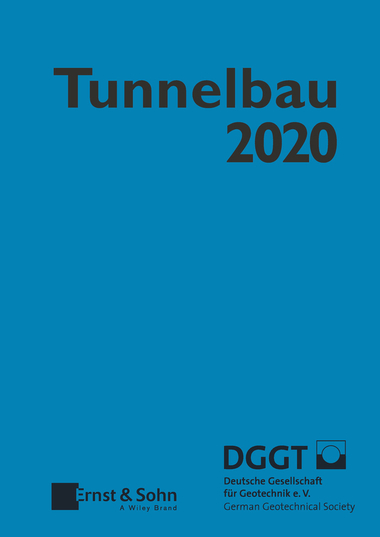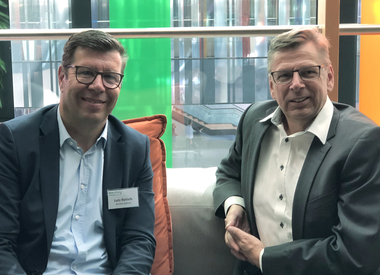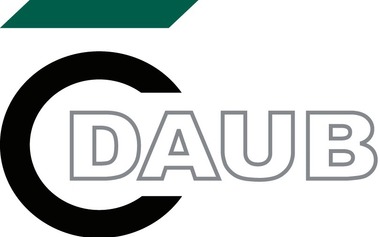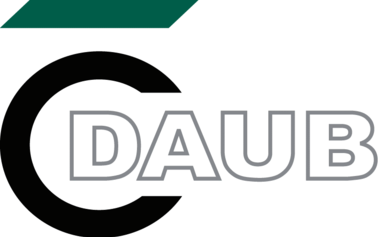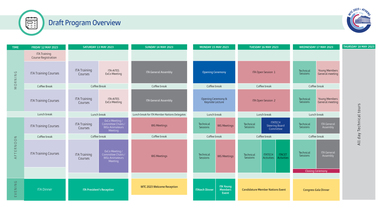BIM in Tunnelling: Webinar on DAUB Recommendationon March 18, 2021
Digitalisation is currently spreading rapidly in many areas of the economy. It is also a major topic in the construction industry, with the aim of achieving sustainable benefits for all stakeholders and society. Information on construction assets – and especially for underground structures – should be made available to decision makers more quickly and in a consistent, high quality, easily readable form to support individual decisions.
Compared to other branches of industry, digitalisation arrived in construction industry and particularly in infrastructure rather late. To a significant extent, this is due to the very high complexity in the value added chain in construction. Now however, the gap to the other industry branches is to be closed. Many first isolated solutions have been developed in the course of pilot projects, but the required degree of standardisation has been lacking for quite some time.
Therefore, DAUB, the German Tunnelling Committee (Deutscher Ausschuss für unterirdisches Bauen), took the initiative and prepared a recommendation on digital design, building and operation of underground structures, called “BIM in Tunnelling”. This document has been published in 2019 and has been amended by additional “model requirements” published in 2020. The work was supported by the Austrian and Swiss partner associations.
The planned webinar gives a comprehensive overview of the basics of BIM in underground construction in general, and the contents of the developed recommendation in particular. It will start from the current situation and will show the application of BIM in tunnelling, as well as provide assistance for efficient practical use.
The webinar on March 18 is therefore addressed to employees of clients, designers, planners, construction
companies, suppliers, and operators. The webinar is planned as a half-day event and will start after lunch (13:00 h). Conference language will be English. The preliminary programme is as follows:
Session 1
Fundamentals, Planning and Design
Chair: Dipl.-Ing. Lars Babendererde, BabEng GmbH (D)
Digital Design, Building and
Operation of Underground Structures –
General Constraints
Starting point and objectives, life cycle of underground structures, special features of underground construction, project development and realisation based on collaborative contract models, benefits for operation and maintenance
Basics of Building Information Modelling
Multi-dimensional design (from 2D to xD), models, model granularity (LoX), data management and interfaces, limits to the informative value of digital models, roles and responsibilities, modelling rules, use cases for underground construction
Designing the “I” in BIM
Increasing importance of semantics and ontologies for knowledge-based decision making with 3D models, standards and procedure for interconnected (BIM) dictionaries, application of (BIM) dictionaries in tunnelling domain, concept of rule-based validation of semantics (and ontologies)
Session 2
Implementation and Realisation
BIM-based Design and Tendering
Model-based design, coordination, quantity take-off, cost estimation and extraction of drawings, model-based tendering, bill of quantities, tender award, construction preparation and model handover to contractor.
Multidimensional Data Integration for BIM
Consideration of multiple standards and data models as well as diverging granularity and specificity in data, common architecture considering domains and subdomains,
different levels of abstraction, flexibility of data modelling and data transformation based on predefined workflows
Example for Application of BIM
in a Specific Project
Practical hints from an application in a specific tunnelling project, transforming planning into reality, challenges and implementation, added value of using digital tools in the construction phase
During and after the presentations considerable time will be dedicated to questions and answers as well as for discussion of special problems. Participation in the webinar is free of charge. Updates on the programme and information on registration can be found at www.daub-ita.de/en/bim. The DAUB recommendations mentioned above are also available for free download on the website: www.daub-ita.de, Publications.
The webinar is organised by DAUB and EUTF.

